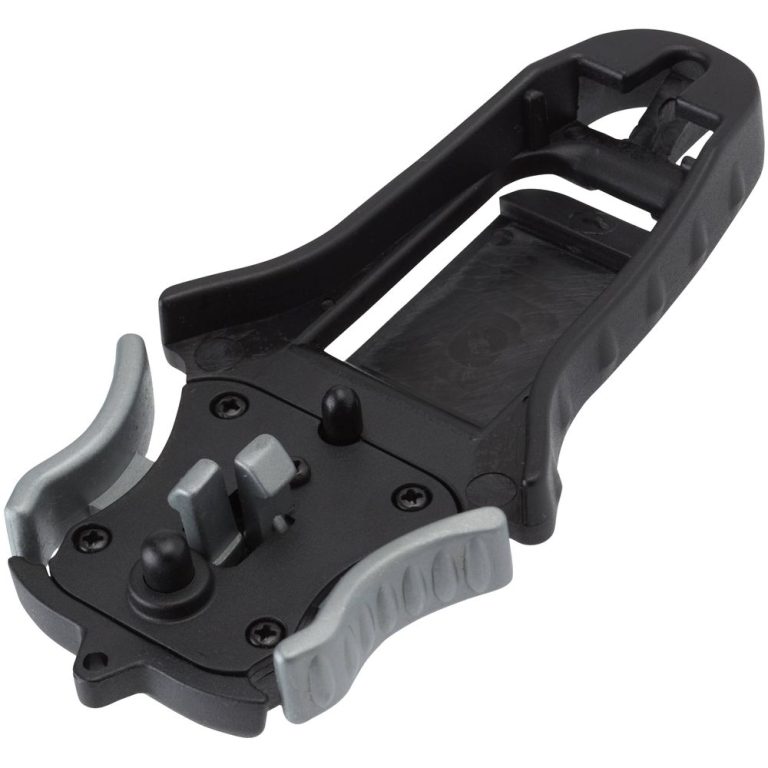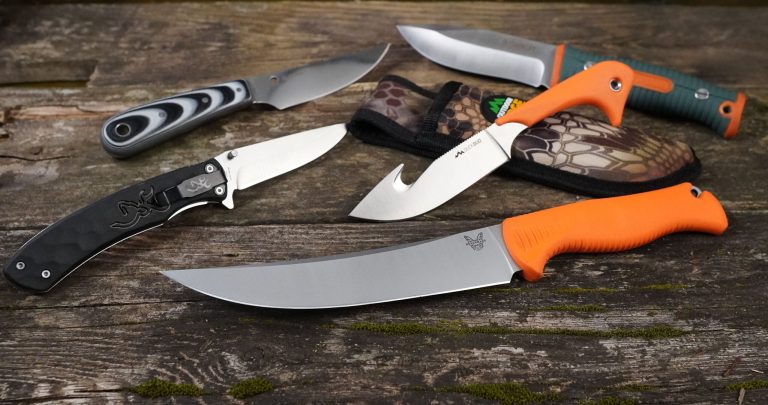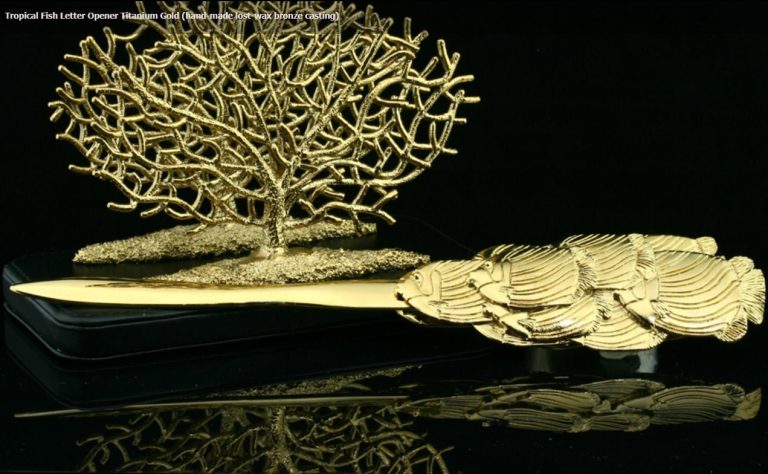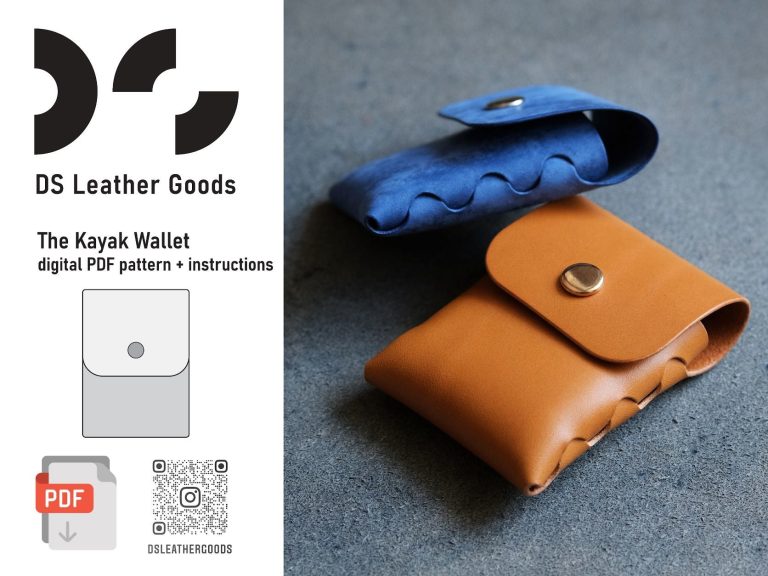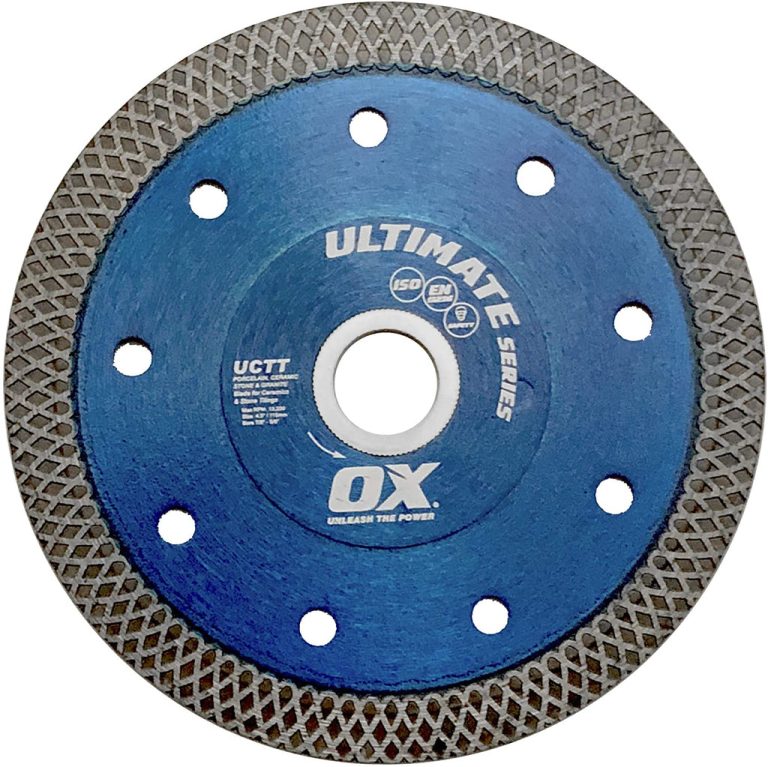Leather Knife Sharpener: Unleash the Edge!
A leather knife sharpener is a tool used to sharpen the blades of knives efficiently and effectively within minutes. A leather knife sharpener is a must-have tool for any kitchen enthusiast or professional chef.
With its efficient and effective blade sharpening capabilities, this tool can bring dull and worn-out knives back to their prime condition in just a matter of minutes. Whether you’re preparing a meal for your family or running a busy restaurant kitchen, having sharp knives is essential for precision cutting and safety.
The leather knife sharpener provides a convenient and reliable solution for maintaining the sharpness of your knives without the need for expensive professional sharpening services. Its compact size allows for easy storage, making it a practical addition to any kitchen countertop. We will explore the benefits and features of a leather knife sharpener, and how it can enhance your cooking experience.
Why A Leather Knife Sharpener?
| Why a Leather Knife Sharpener? | |
| Leather knife sharpeners offer a range of benefits that make them a popular choice among professional chefs and knife enthusiasts alike. | |
| Benefits of using a leather knife sharpener: | Comparison with other knife sharpening methods: |
|
|
How Does A Leather Knife Sharpener Work?
Leather knife sharpeners are an effective tool for maintaining the sharpness and longevity of your knives. Understanding the mechanics of how a leather knife sharpener works can help you achieve optimal results. The science behind leather sharpening involves the use of a leather strop or hone, which is a strip of leather usually attached to a solid base. This strop is often paired with a polishing compound, like honing oil, to enhance its sharpening properties.
When sharpening a knife with a leather sharpener, the process typically involves two steps. First, you need to prepare the strop by applying the honing oil or polishing compound. Then, with gentle pressure and consistent strokes, you’ll run the blade along the leather surface, following the knife’s edge. This action helps to realign the blade’s microscopically jagged edges, resulting in a keener edge.
It’s important to note that leather sharpeners are primarily used for honing and refining an already-sharp blade, rather than for regrinding or reshaping a significantly dull one. Regular use of a leather knife sharpener can help maintain your knives’ sharpness, prolonging their usability and reducing the need for frequent re-sharpening.
Choosing The Right Leather Knife Sharpener
Choosing the right leather knife sharpener is crucial for maintaining the sharpness and durability of your knives. Factors to consider when purchasing a leather knife sharpener include:
- The type of leather knife sharpener that best suits your needs. There are various options available in the market, including sharpening stones, strops, and honing belts.
- The quality of the leather material used in the sharpener. High-quality leather ensures efficient sharpening and prevents damage to the blade.
- The size and portability of the sharpener. Consider whether you need a compact sharpener for travel or a larger one for a more stationary setup.
- Reviews and recommendations from experts and other users can provide valuable insights into the performance and reliability of different leather knife sharpeners.
By carefully considering these factors, you can make an informed decision and choose the best leather knife sharpener that meets your requirements. Remember to regularly maintain your knives by sharpening them to enhance their performance and longevity.
Maintaining And Caring For Your Leather Knife Sharpener
Maintaining and caring for your leather knife sharpener is essential to ensure its longevity and effectiveness. Proper cleaning and storage practices play a crucial role in preserving its quality.
To clean your leather knife sharpener, start by wiping off any debris or residue with a damp cloth. Be sure to remove any excess moisture and allow it to dry completely before storing. Avoid using harsh chemicals or abrasive cleaning agents as they may damage the leather surface.
When storing your leather sharpener, keep it in a cool and dry place to prevent moisture buildup. Avoid direct exposure to sunlight or extreme temperature fluctuations. Storing it in a dedicated knife sharpener case or sheath will provide added protection.
To maintain the effectiveness of your leather sharpener, periodically inspect the leather surface for any signs of wear or damage. If the leather starts to crack or lose its smoothness, consider applying a leather conditioner to restore its quality.
Avoid common mistakes when using a leather knife sharpener, such as applying excessive pressure or using incorrect sharpening techniques. Follow the manufacturer’s instructions and practice gentle, consistent strokes for best results.
By following these guidelines, you can ensure that your leather knife sharpener remains in optimal condition, allowing you to enjoy its benefits for years to come.
Leather Knife Sharpening Techniques
Leather Knife Sharpening Techniques
When sharpening blades with a leather sharpener, it’s crucial to focus on angle control and pressure. The angle at which the blade is held against the leather plays a significant role in achieving a sharp edge. To ensure optimum sharpening, maintain a consistent angle throughout the process.
Applying proper pressure is equally essential. Too little pressure can result in ineffective sharpening, while too much can damage the blade. The right amount of pressure is dependent on the type of knife and its condition.
For those seeking professional-level results, advanced techniques can be employed. Experiment with different stroking patterns and pressure variations to enhance your sharpening skills. Additionally, incorporating techniques such as stropping and compound application can further refine the blade’s edge.
In summary, mastering leather knife sharpening involves meticulous angle and pressure control and exploring advanced techniques. With practice and attention to detail, you can achieve exceptional sharpening results.

Credit: www.amazon.com
Leather Knife Sharpening For Different Blade Types
Leather knife sharpening is an essential skill for maintaining different blade types. Each type requires specific techniques to achieve optimal sharpness. Chef’s knives, which are commonly used in kitchens, should be sharpened using gentle and controlled strokes on the leather surface. Pocket knives, on the other hand, can benefit from a more aggressive sharpening technique to restore their cutting edge. Hunting knives, which often encounter tough materials, require a combination of precision and force when sharpening.
Special considerations are required when sharpening serrated and ceramic blades. Serrated blades should be sharpened only on the flat side, using a delicate back-and-forth motion. Ceramic blades, being more brittle, need a gentle touch and should not be subject to excessive force during sharpening.
The leather sharpener can be adjusted to accommodate different blade angles. Proper positioning is crucial to achieve optimal results. Adjusting the angle allows for a customized sharpening experience, ensuring that the blade is honed to its full potential.
Leather Knife Sharpening Safety Tips
Proper safety precautions should always be followed when sharpening knives using a leather knife sharpener. Neglecting safety measures can result in accidents and damage to the blades. Here are some important guidelines to keep in mind:
- Always wear protective gloves to prevent any mishaps while handling sharp objects.
- Ensure that the work area is clean, well-lit, and free from any distractions. This minimizes the risk of any accidents.
- Hold the knife firmly and maintain a stable grip to prevent slippage during the sharpening process.
- Be cautious while positioning the knife on the leather sharpener to avoid accidental cuts or injuries.
- Use light pressure and consistent strokes while sharpening, as excessive force can damage the blade.
- Regularly inspect the blade for any cracks or defects before and after sharpening, and take appropriate action if necessary.
By following these safety tips, you can ensure a safer and more effective knife sharpening experience with a leather knife sharpener.
Leather Knife Sharpener Vs. Electric Sharpeners: Which Is Better?
Pros and Cons of Leather Knife Sharpeners Compared to Electric Sharpeners
When choosing between leather knife sharpeners and electric sharpeners, there are several factors to consider. Both options have their advantages and disadvantages, so it’s important to assess your specific sharpening needs before making a decision.
| Leather Knife Sharpener | Electric Sharpener |
|---|---|
| Provides a more traditional and hands-on sharpening experience | Offers convenience and fast sharpening |
| Allows for more control over the sharpening process | Ensures consistent and precise sharpening |
| Requires practice and skill to achieve optimal results | May remove more metal, reducing the knife’s lifespan |
| Can be used for various types of blades and tools | Designed specifically for certain types of knives |
Ultimately, the choice between a leather knife sharpener and an electric sharpener depends on your preferences and priorities. If you enjoy the traditional approach and value hands-on control, a leather knife sharpener may be the better choice. However, if speed and convenience are your top priorities, an electric sharpener might be more suitable. Assess your sharpening needs and consider the pros and cons of each option to make an informed decision.
Diy Leather Knife Sharpener: Step-By-Step Guide
Creating a homemade leather knife sharpener is an easy and cost-effective way to keep your blades razor-sharp. To start, gather the necessary materials, including a leather strip, sandpaper, a wooden block, and adhesive. Cut the leather to size and attach it firmly to the wooden block, ensuring it is taut and secure.
Next, use sandpaper to roughen the surface of the leather, creating the ideal abrasive texture for sharpening. Periodically test the sharpness of your knife on the leather, making adjustments as needed. This DIY tool allows you to optimize the sharpness of your blades quickly and conveniently. Regularly maintain and use this leather knife sharpener to prolong the lifespan of your knives and enhance their cutting performance.
Mastering The Art Of Leather Knife Sharpening
Mastering the art of leather knife sharpening requires practice, patience, and the right techniques. Learning from professionals and expert knife sharpeners can significantly improve your skills over time. They have honed their craft through years of experience and can provide valuable insights and tips.
To achieve razor-sharp edges every time, there are a few key techniques to keep in mind. First, invest in a high-quality leather knife sharpener that suits your needs. Different knives may require different sharpening methods.
Start by placing the blade against the leather strop at the correct angle. Maintain a consistent pressure as you glide the knife along the strop, ensuring the entire length of the blade makes contact. Be mindful of the angle throughout the entire sharpening process.
Regularly clean and maintain your leather strop to optimize its effectiveness. Remove any debris or residue that may accumulate on the surface. Additionally, periodically treat the leather with the appropriate conditioning products to ensure its longevity.
With practice and the right techniques, you can become proficient in leather knife sharpening, achieving razor-sharp edges and prolonging the life of your knives.
Conclusion
The Leather Knife Sharpener is a game changer for any kitchen enthusiast or professional chef. With its top-notch craftsmanship and innovative design, this tool not only restores the sharpness of your knives but also extends their lifespan. Its high-quality leather material ensures a gentle yet effective sharpening process, ensuring a razor-sharp edge with every use.
Moreover, the compact and portable nature of the Leather Knife Sharpener makes it a versatile tool that can be easily carried and used anywhere, be it at home, in a professional kitchen, or while camping. This makes it perfect for those who value convenience and efficiency in their knife sharpening routine.
Say goodbye to dull blades and hello to precision cuts with the Leather Knife Sharpener. Upgrade your kitchen arsenal today and experience the difference it can make in your cooking journey.

